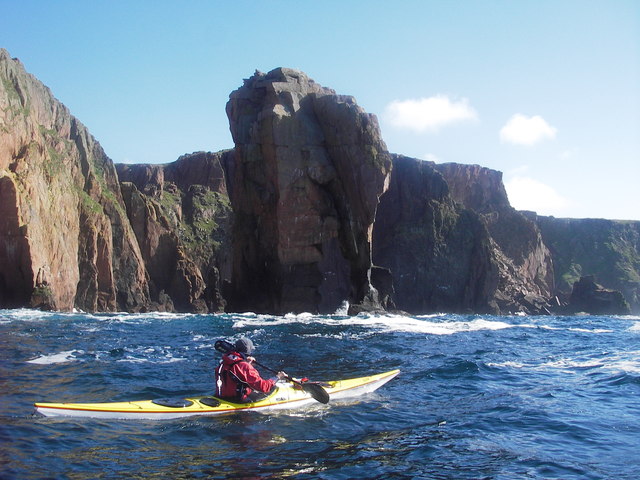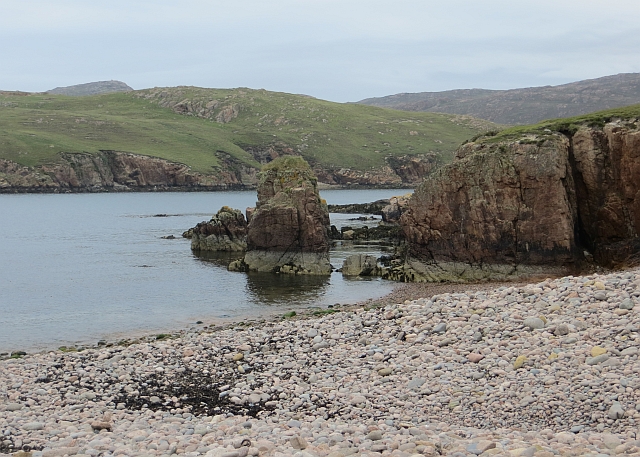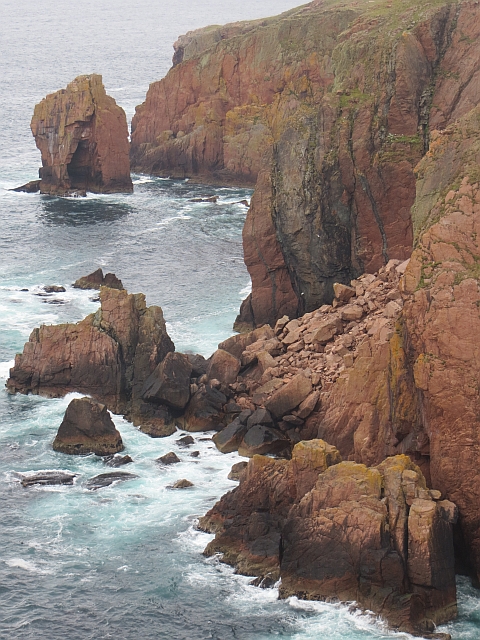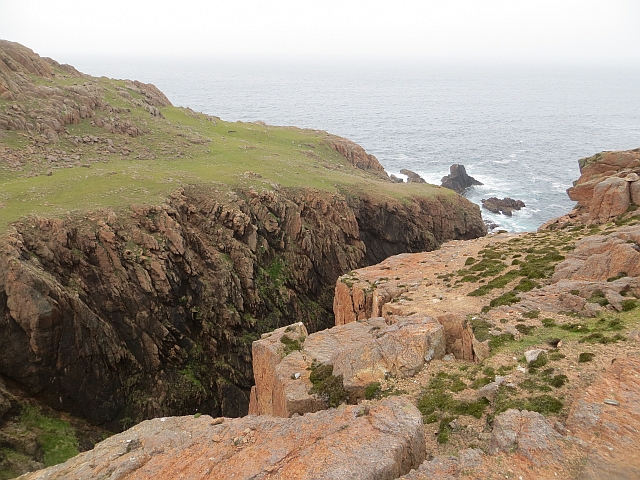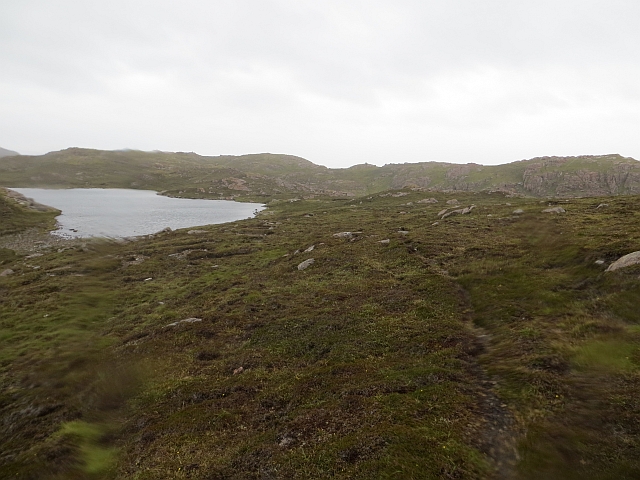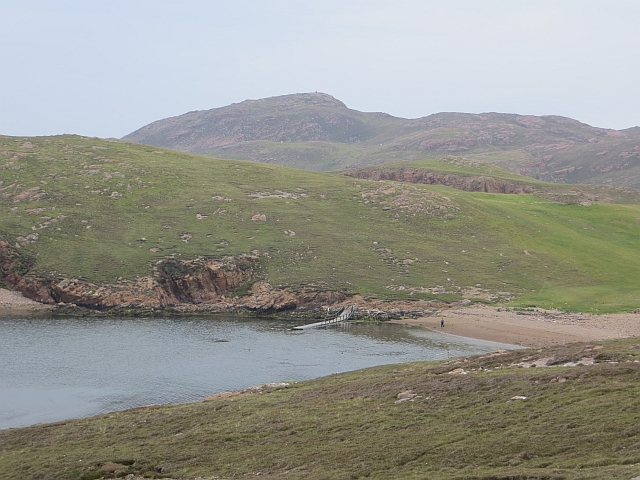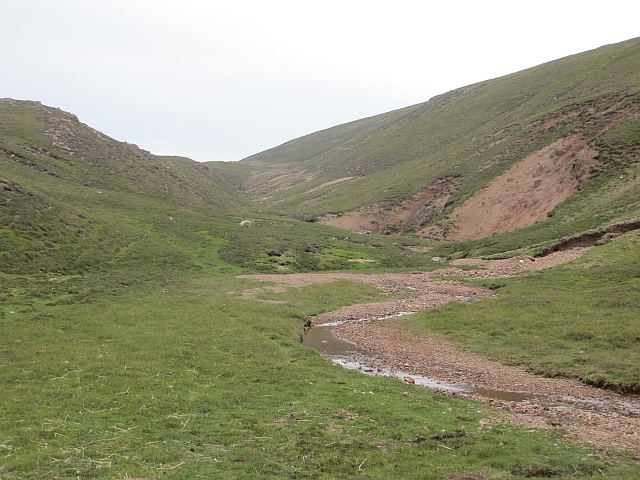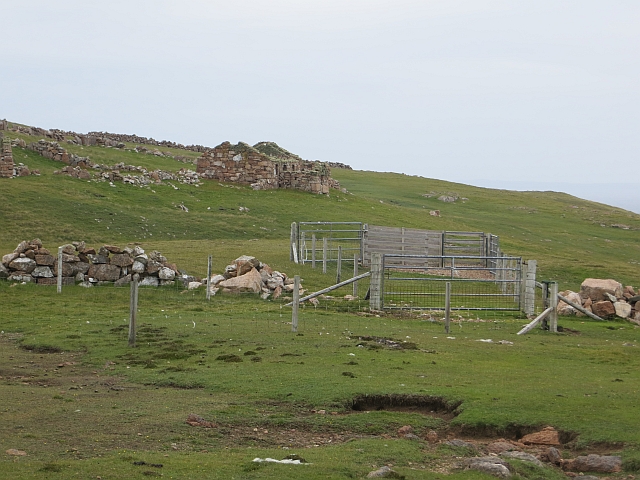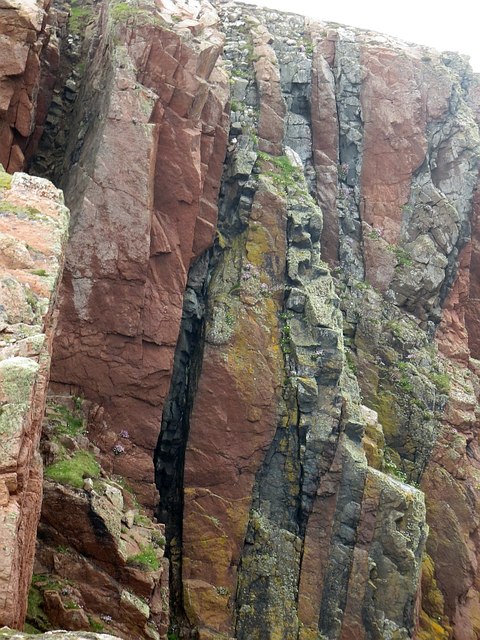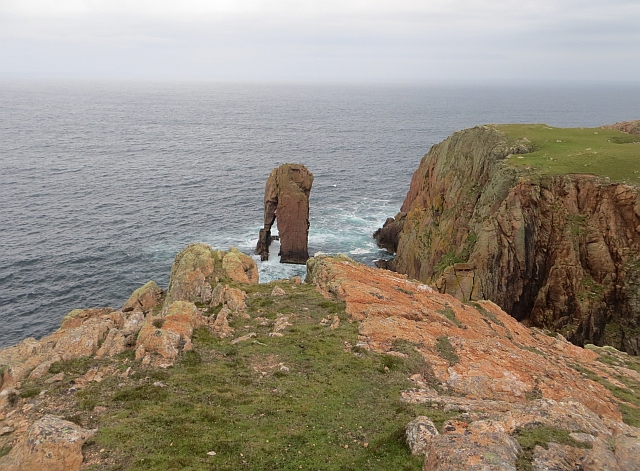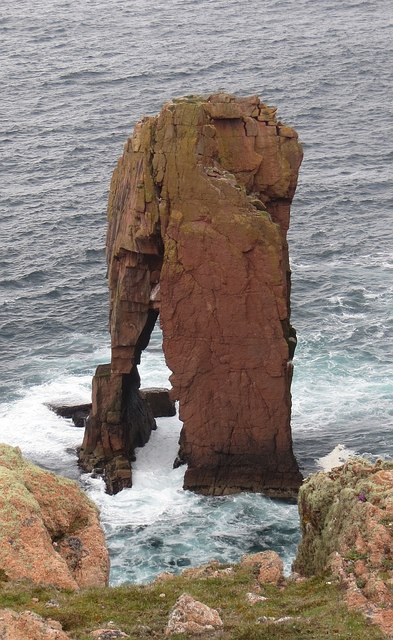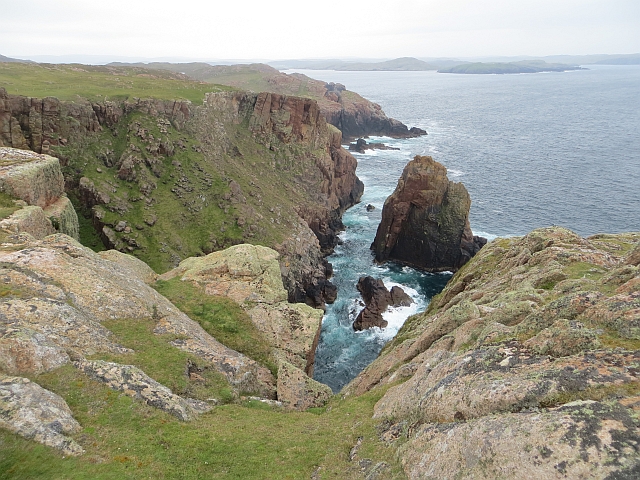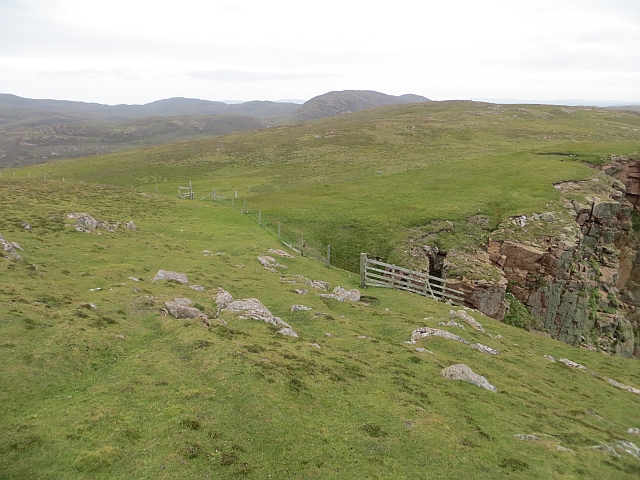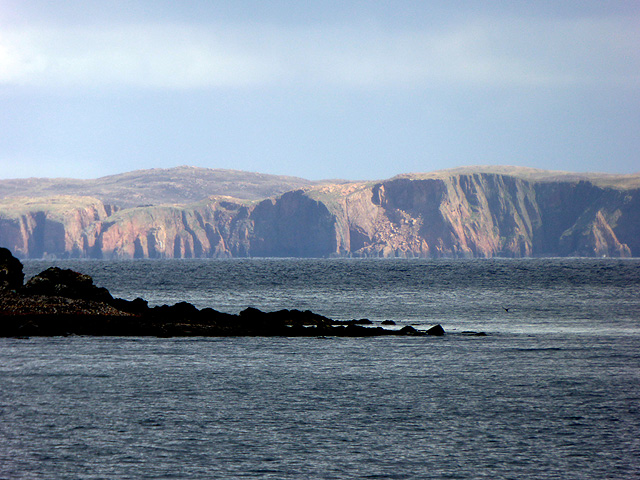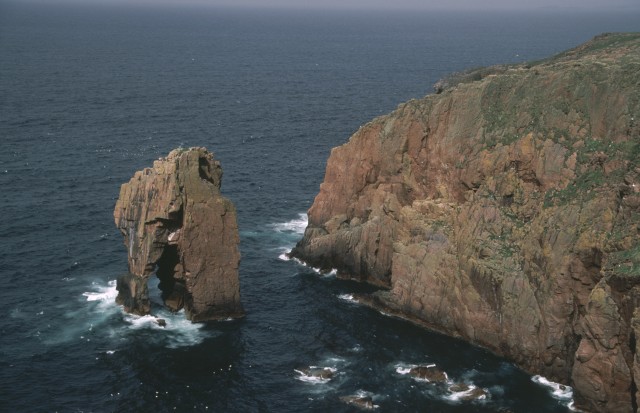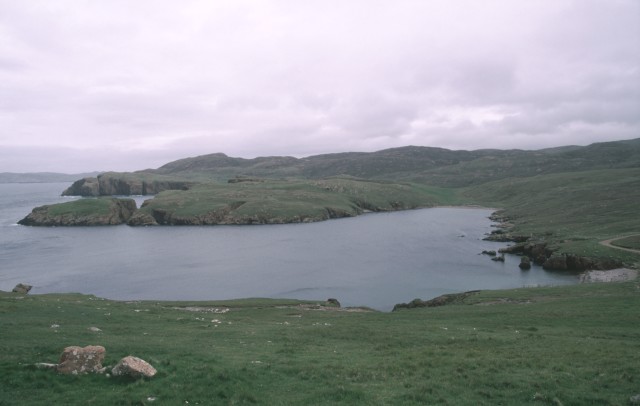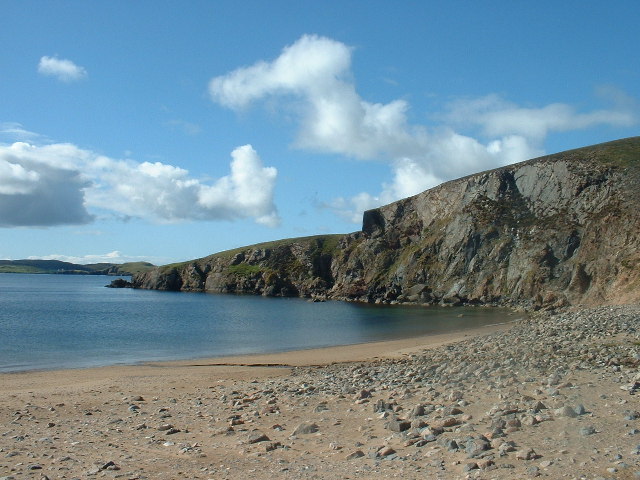West Ness
Coastal Feature, Headland, Point in Shetland
Scotland
West Ness
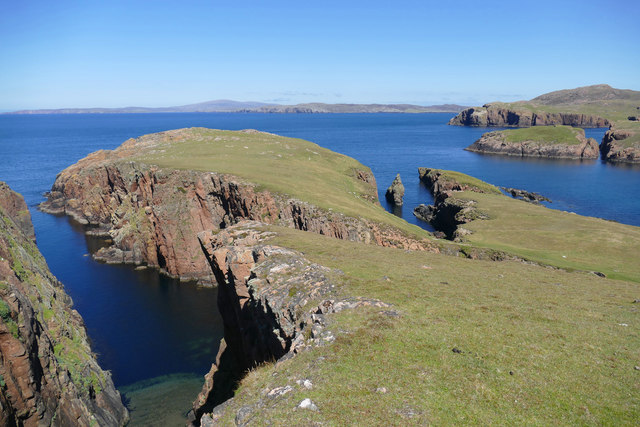
West Ness is a prominent coastal feature located on the western coast of Shetland, an archipelago in Scotland. It is a headland that stretches out into the Atlantic Ocean, forming a distinctive point along the rugged coastline. The geographical coordinates of West Ness are approximately 60.305°N latitude and 1.337°W longitude.
The headland is characterized by steep cliffs that rise dramatically from the sea, offering breathtaking panoramic views of the surrounding landscape. The cliffs, composed of sedimentary rocks such as sandstone and shale, display various layers that provide insight into the area's geological history.
West Ness boasts a rich diversity of flora and fauna, with seabird colonies nesting on the cliffs. Bird species such as fulmars, guillemots, and puffins can be spotted, making it a popular destination for birdwatchers and nature enthusiasts. The headland is also home to a variety of plant species adapted to the harsh coastal environment, including sea thrift, sea rocket, and sea campion.
In addition to its natural beauty, West Ness holds historical significance. The headland has remnants of ancient settlements and archaeological sites, including stone circles and burial grounds, indicating human occupation in the area dating back thousands of years.
Visitors to West Ness can explore the coastal trails that offer stunning views of the cliffs and the open ocean. The site is accessible by road, and there are designated parking areas nearby for convenience. Additionally, the headland provides an ideal spot for fishing, as the strong currents in the area attract a variety of fish species.
If you have any feedback on the listing, please let us know in the comments section below.
West Ness Images
Images are sourced within 2km of 60.375946/-1.460808 or Grid Reference HU2965. Thanks to Geograph Open Source API. All images are credited.

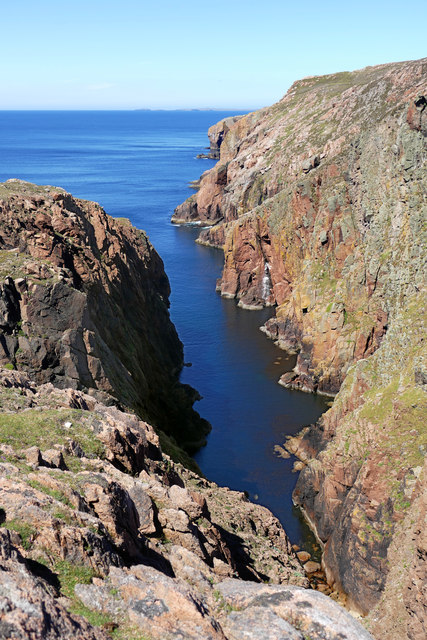
West Ness is located at Grid Ref: HU2965 (Lat: 60.375946, Lng: -1.460808)
Unitary Authority: Shetland Islands
Police Authority: Highlands and Islands
What 3 Words
///cluttered.happen.sunset. Near Brae, Shetland Islands
Nearby Locations
Related Wikis
Muckle Roe
Muckle Roe is an island in Shetland, Scotland, in St. Magnus Bay, to the west of Mainland. It has a population of around 130 people, who mainly croft and...
Mavis Grind
Mavis Grind (Old Norse: Mæfeiðs grind or Mæveiðs grind, meaning "gate of the narrow isthmus") is a narrow isthmus joining the Northmavine peninsula to...
Linga (near Vementry)
Linga is one of the Shetland Islands, near Vementry. It is one of many islands in Shetland called Linga. The island is uninhabited. == Geography and... ==
Vementry
Vementry (Old Norse: "Vemunðarey") is an uninhabited Scottish island in Shetland on the north side of the West Mainland, lying south of Muckle Roe. �...
Busta Voe
Busta Voe, (HU665350), in the north central Mainland, Shetland, is a sea inlet lying between the village of Brae and the island of Muckle Roe. At the head...
Linga, Busta Voe
Linga is a small, uninhabited island, 1 km (0.62 mi) east of Muckle Roe in the Shetland Islands. The island is roughly circular in shape and its highest...
Papa Little
Papa Little (Scots: Papa Little; Old Norse: Papey Litla, meaning "the little island of the priests") is an island in St Magnus Bay, Shetland, Scotland...
Brae
"Brae" is also the Lowland Scots language word for the slope or brow of a hill.Brae (Old Norse: Breiðeið, meaning "the wide isthmus") is a village on the...
Nearby Amenities
Located within 500m of 60.375946,-1.460808Have you been to West Ness?
Leave your review of West Ness below (or comments, questions and feedback).
